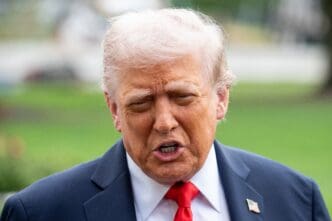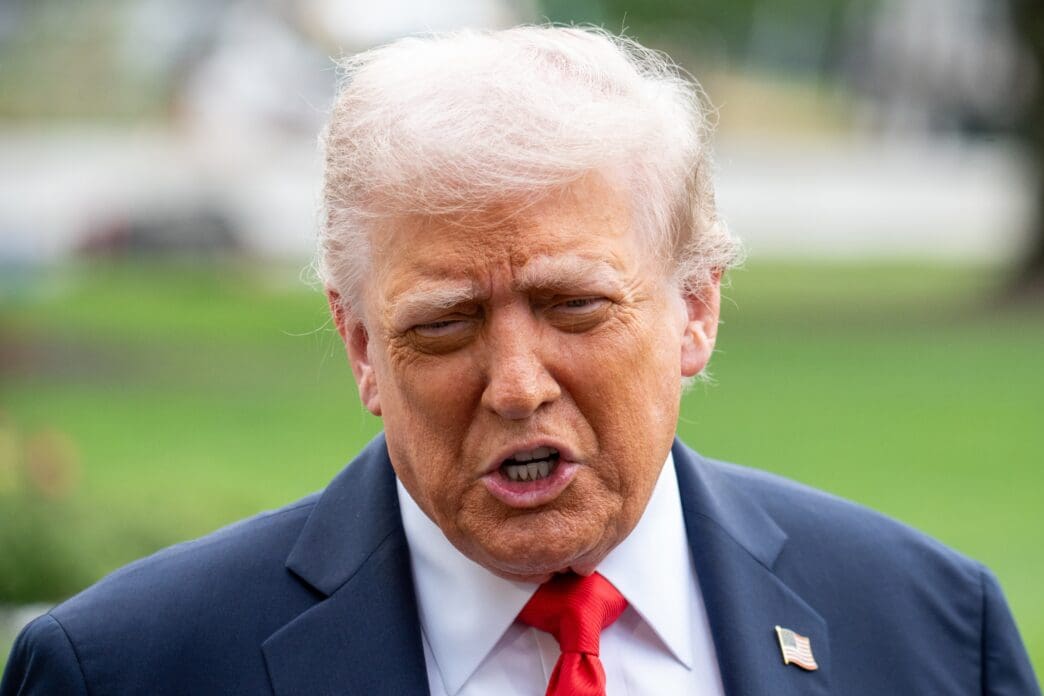Executive Summary
The Story So Far
Why This Matters
Who Thinks What?
President Donald Trump has publicly embraced Project 2025, a detailed plan to reshape the federal government, after previously claiming no knowledge of it during his 2024 presidential campaign. On Thursday, Trump posted about an “unprecedented opportunity” to implement cuts to federal agencies during an ongoing government shutdown, explicitly referencing Office of Management and Budget Director Russ Vought as “he of PROJECT 2025 Fame.” This marks a significant shift from his earlier denials and aligns his administration’s actions with the comprehensive conservative blueprint.
Project 2025’s Influence and Trump’s Previous Stance
Project 2025, a more than 900-page document published by the Heritage Foundation, serves as a guide for a conservative president to fundamentally alter the structure of the U.S. government. Russ Vought, widely considered a key architect of the current government shutdown, is also a co-author of the plan and is known for his expansive views on presidential power. During a 2024 presidential debate, Trump explicitly stated, “I have nothing to do with Project 2025,” adding, “I haven’t read it. I don’t want to read it, purposely. I’m not going to read it.”
Trump had characterized Project 2025 as a creation of “a group of people that got together,” dismissing its relevance to his own agenda. He maintained that his priorities, such as substantial tax cuts and economic growth, were widely known and transparent. However, his recent social media post and ongoing administrative actions indicate a direct engagement with the plan’s principles.
Administrative Actions Mirror Project’s Vision
Trump and Vought met on Thursday to discuss permanent cuts that Trump stated could be implemented during the government shutdown. This follows a memo sent by Vought last week, which directed federal agencies to prepare detailed plans for widespread layoffs. These actions align closely with the governmental overhaul envisioned within Project 2025.
Following Trump’s election, his second presidency has demonstrated significant overlap with the Project 2025 framework. A January 2025 analysis by CNN Investigates found that more than two-thirds of Trump’s initial executive orders and actions in his second term mirrored proposals outlined in the document. These included initiatives to curb illegal immigration, dismantle diversity, equity, and inclusion programs, and ease environmental regulations on fossil fuels.
Further policy crossovers include skepticism towards the Federal Reserve and efforts to substantially reduce the federal workforce. A detailed review by KFF also highlighted Project 2025’s recommendations as a precursor to several Trump policies, such as proposed funding cuts to the National Institutes of Health and the restructuring of USAID.
Architects and Personnel
Paul Dans, who previously oversaw Project 2025 at the Heritage Foundation, expressed satisfaction in January 2025 regarding the early alignment of Trump’s administration with the plan. Dans commented that the rapid and extensive rollout of policies was a testament to the preparatory work done by Project 2025 and other transition projects. Dans has since departed the Heritage Foundation to pursue a primary challenge against Senator Lindsey Graham.
Numerous contributors to Project 2025 have assumed roles within Trump’s current administration or were nominated for positions. Alongside Vought, these include FCC Chairman Brendan Carr, who authored the Project 2025 chapter on the FCC, and Tom Homan, Trump’s border czar. Other contributors include Peter Navarro, Trump’s former trade advisor, and Paul Atkins, an SEC commissioner.
Notably, EJ Antoni, another Project 2025 contributor, was nominated by Trump to lead the Bureau of Labor Statistics after the previous head was dismissed. However, Antoni’s nomination was withdrawn this week following a CNN KFile investigation that revealed offensive content on his now-deleted social media account.
Trump’s Mastermind Persona
The article suggests that Trump’s previous reluctance to associate with Project 2025 might stem from his preference to be perceived as the sole originator of his administration’s policies. Trump often emphasizes his individual accomplishments, frequently stating, “I’m really good at this stuff” or “I was right about everything,” and claiming personal credit for achievements like ending wars and improving the economy. This self-portrayal as the primary architect of his policies may make him hesitant to share credit with external entities like the Heritage Foundation, even when their blueprint closely aligns with his actions.
Shifting Public Acknowledgment
President Trump’s recent acknowledgment of Project 2025 marks a significant public shift from his previous disavowals during his campaign. Despite his earlier claims of ignorance, the alignment between his administration’s policies, personnel appointments, and the detailed conservative blueprint has become increasingly evident. This public embrace solidifies the plan’s role as a foundational guide for his second term.








